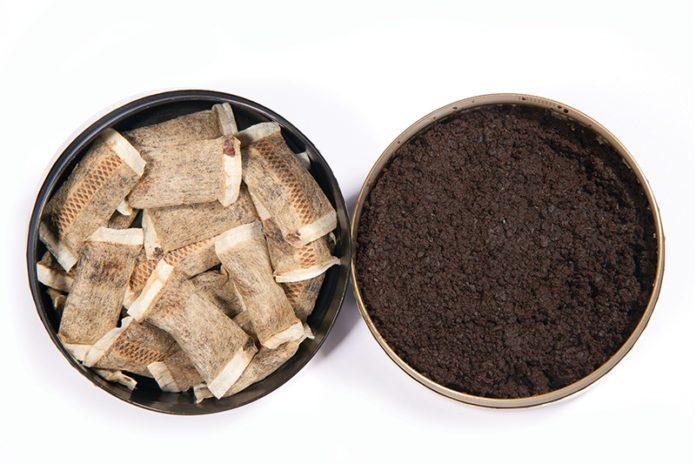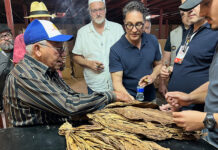Earlier this year, the U.S. Food and Drug Administration (FDA) issued a proposed rule to establish the agency’s first product standard that would limit the level of N-Nitrosonornicotine (NNN) in finished smokeless tobacco products to one microgram per gram (or one part per million). The FDA classifies NNN as a harmful or potentially harmful constituent in tobacco products.
Under the Family Smoking Prevention and Tobacco Control Act, the FDA has the authority to adopt “product standards,” which includes the authority to restrict or ban an ingredient in a tobacco product or a constituent in tobacco smoke. This NNN product standard would apply to all finished smokeless products, including moist snuff, snus, dry snuff and chewing tobacco.
However, to clarify, the NNN in tobacco is naturally occurring and can be formed while the tobacco is being grown, cured, manufactured or sitting in a package in a wholesale warehouse or on a retail store shelf. In fact, the FDA recognizes the variability of NNN in smokeless tobacco products when it states the following in the proposed rule:
“ … a wide variety of factors can affect the final levels of NNN found in the finished tobacco product. These factors, which can either increase or decrease NNN levels in smokeless tobacco products, include the tobacco type (i.e., dark air-cured tobacco, bright-leaf tobacco, burley tobacco), growing conditions (e.g., geographic region, climate, rainfall), curing techniques (e.g., fire, flue, air, sun), production process (e.g., additives) and storage conditions (e.g., temperature, humidity, duration).”
With the FDA acknowledging that “weather is a significant factor in NNN production,” there is no means by which farmers and manufacturers can control the weather in an effort to comply with the proposed one microgram per gram limitation.
In the proposed rule, the FDA states that “an NNN level of 1.0 µg/g [one microgram per gram] of tobacco has been achieved in some smokeless tobacco products sold in the U.S.” and then claims that the proposed standard “is thus achievable using current technology” for all smokeless tobacco products. In fact, the FDA further states that the agency “may consider a lower NNN level in the future.”








